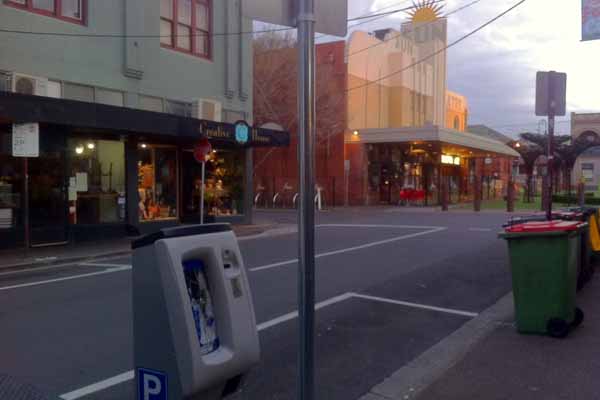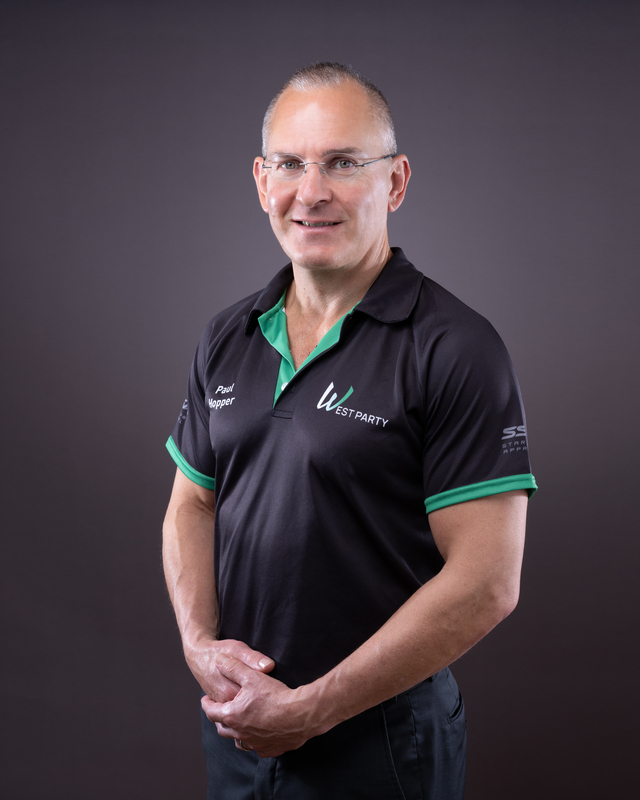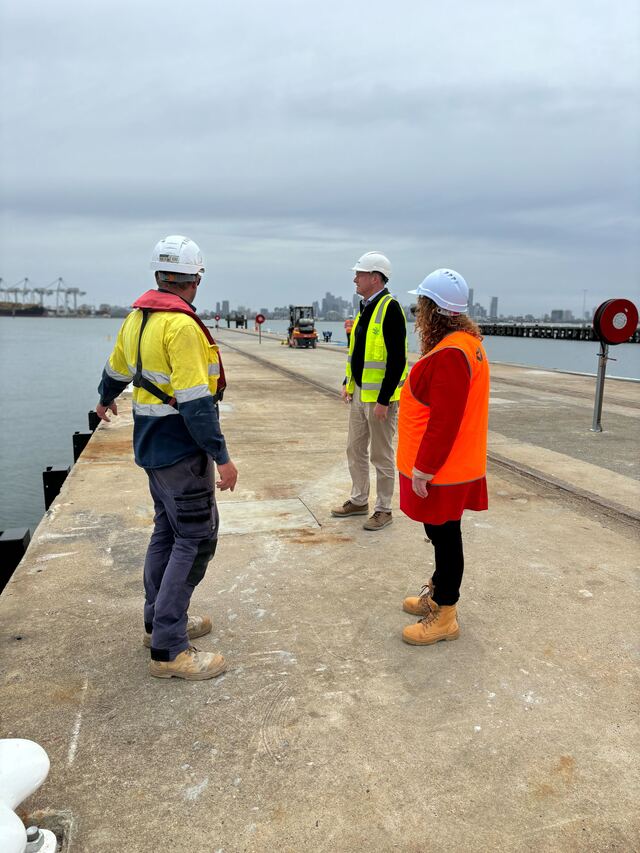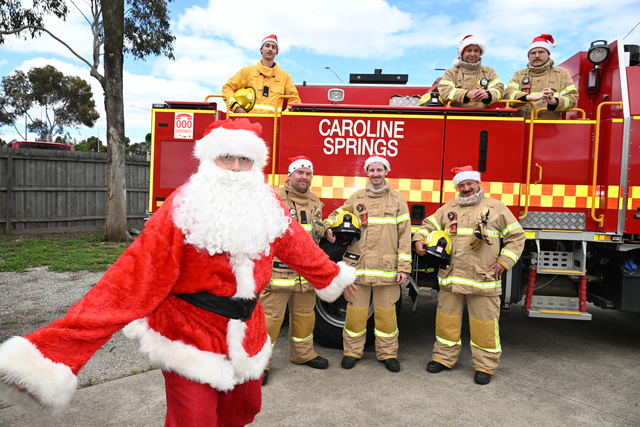Yarraville Village traders say they may have to axe staff or even close their doors because of the damage parking meters have done to their businesses.
Dominic’s Fruit owner Mustafa Elhaouli said he had suffered a 40 per cent drop in trade since Maribyrnong council introduced the meters on August 28.
“As soon as they put the meters in my business dropped,” he said. “It’s not only me, it’s every business in Anderson or Ballarat streets.
“People are going to Coles, where there’s free parking. I’m sure the council want to kill Anderson Street and the Village.”
Mr Elhaouli said it was the biggest crisis his business had faced in 14 years and he could no longer sustain six staff. “I will have to let a few people go,” he said. “I don’t know if the business can manage more than one or two more months. The council doesn’t listen to anyone.”
Kylie White, who owns Yarraville Village Old Style Butchers with husband Paul, said there was a sense of doom and gloom in the village.
“There’s definitely a different feel,” she said. “A lot of the hustle and bustle is gone.”
She said there was a lot of hostility towards the council over the meters and residents were asking why they couldn’t have parking permits so they could still support local businesses.
Yarraville Traders Association president Chris Xanthis said the association was in the process of gathering feedback from all local businesses.
“There has definitely been an impact,” he said. “There are a lot of empty [parking] spots in the street and we’re certainly hearing that business has been affected.”
The council installed 17 meters covering 97 parking spaces at a cost of about $120,000.
And thousands more dollars have been spent repairing the machines after three separate acts of vandalism.
The council expects the machines to return more than $200,000 a year, but traders say this is unlikely given the number of vacant spaces.
Council chief executive Stephen Wall said a date for conducting a parking occupancy survey had yet to be set.
“The revenue estimate is a conservative estimate, based on an assumption of 50 per cent occupancy of metered spots,” he said.







